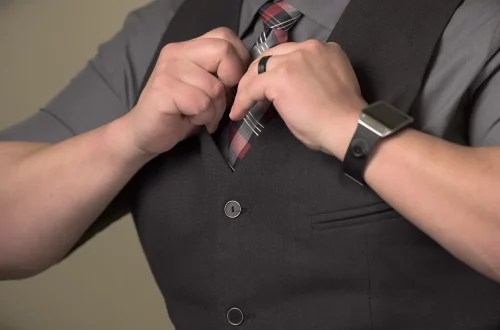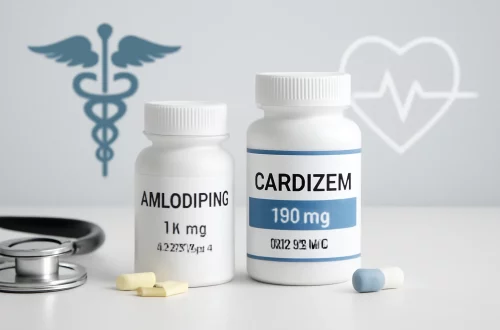
Unlocking the Benefits of Muscle Scrapers for Enhanced Recovery
Muscle scrapers have emerged as a revolutionary tool in the realm of physical recovery and therapy. With their sleek design and effective functionality, they offer athletes and fitness enthusiasts a new avenue to enhance their performance and expedite recovery. These tools, often made from stainless steel or other durable materials, are used to apply pressure and glide over muscles and connective tissues. This practice, known as scraping or gua sha, has roots in traditional Chinese medicine but has found its way into modern sports therapy and rehabilitation.
As the body undergoes stress from intense workouts, injuries, or even everyday activities, the need for recovery becomes paramount. Muscle scrapers play a vital role in addressing muscle tightness, promoting blood circulation, and facilitating the healing process. The tactile feedback provided by these instruments allows users to identify areas of tension or discomfort, enabling targeted treatment. Furthermore, the incorporation of muscle scrapers into recovery routines can lead to improved flexibility and overall muscle health, making them an essential addition to any athlete’s toolkit.
In an era where self-care is prioritized, understanding the benefits of muscle scrapers can empower individuals to take charge of their recovery journeys. As we delve deeper into the advantages of this innovative tool, it becomes clear that muscle scrapers are not just a passing trend; they represent a significant advancement in the way we approach muscle recovery and wellness.
Understanding Muscle Scraping Techniques
Muscle scraping, or gua sha, is not merely about using a tool over the skin; it involves a specific technique that maximizes its benefits. The process typically begins by applying a lubricant, such as oil or lotion, to the skin. This ensures that the scraper glides smoothly over the surface, reducing friction and enhancing the overall experience.
Once the skin is prepped, the individual can begin scraping with gentle, controlled strokes. The angle and pressure applied are crucial; too much force can lead to bruising or discomfort, while too little might not yield the desired results. It’s essential to communicate with oneself or a partner about the level of pressure being applied.
The scraping should follow the direction of the muscle fibers, moving from the origin to the insertion point. This helps in aligning the muscle fibers and promoting better blood circulation. Many individuals find that focusing on specific problem areas, such as knots or tight bands within the muscle, delivers the most significant benefits.
After the scraping session, it’s common for users to experience temporary redness or sensitivity in the treated areas. This reaction is perfectly normal and indicates increased blood flow. For optimal results, it’s recommended to combine scraping with other recovery methods, such as stretching or foam rolling. This multi-faceted approach ensures comprehensive care for the muscles and connective tissues.
Benefits of Enhanced Circulation
One of the primary benefits of using muscle scrapers is the enhancement of blood circulation. When the scraper glides over the skin, it creates micro-trauma to the tissue. This process stimulates the body’s natural healing response, leading to increased blood flow to the area.
Improved circulation has several advantages. Firstly, it delivers more oxygen and nutrients to the muscles, which is essential for recovery after strenuous activities. When muscles are adequately nourished, they can repair and grow more effectively. Secondly, enhanced blood flow helps in flushing out metabolic waste products, such as lactic acid, which can accumulate during exercise and contribute to muscle soreness.
Moreover, better circulation can lead to reduced muscle tension and stiffness. Many athletes report feeling more flexible and mobile after incorporating muscle scraping into their recovery routines. This flexibility is not just physical; it can also translate into improved performance, as athletes can move more freely and efficiently, reducing the risk of injury.
In addition to physical benefits, the act of scraping can also provide a mental boost. Engaging in self-care practices like muscle scraping can promote relaxation and reduce stress levels, contributing to an overall sense of well-being. When individuals feel better both physically and mentally, they are more likely to maintain their fitness routines and achieve their goals.
Supporting Muscle Recovery and Injury Prevention
Muscle recovery is a critical aspect of any training regimen, and muscle scrapers can play a significant role in facilitating this process. By incorporating scraping techniques into a post-workout routine, individuals can help alleviate soreness and expedite recovery times.
One of the ways muscle scrapers support recovery is by breaking down scar tissue and adhesions that may develop from repetitive strain or injury. Over time, these areas can restrict movement and lead to discomfort. By using a scraper, individuals can target these problem areas, promoting healing and restoring normal function.
In addition to aiding recovery, muscle scraping can also be a proactive measure in preventing injuries. Regularly addressing tight muscles and fascia through scraping helps maintain muscle elasticity and overall joint health. When muscles are pliable and free of restrictions, the risk of injuries, such as strains or sprains, is significantly reduced.
Furthermore, for athletes preparing for competitions, muscle scrapers can be an essential part of the warm-up routine. By incorporating scraping techniques, athletes can activate their muscles and prepare them for the demands of performance. This can lead to improved strength and endurance during the event, enhancing overall outcomes.
In summary, the integration of muscle scrapers into recovery routines not only supports healing but also acts as a preventative measure against injuries. As individuals learn to identify and address their specific muscle needs, they can cultivate a more resilient body, ready to meet the challenges of any physical endeavor.
Choosing the Right Muscle Scraper for Your Needs
When it comes to muscle scrapers, not all tools are created equal. There are various types of scrapers available on the market, each designed to cater to different needs and preferences. Understanding the features of these tools can help individuals make informed decisions about which scraper is best for them.
One of the primary considerations is the material of the scraper. Stainless steel is a popular choice due to its durability and ease of cleaning. Some scrapers feature a smooth edge for a gentler approach, while others may have a beveled edge for deeper tissue work. Depending on individual preferences and pain tolerance, one may choose between these options.
Another critical factor is the shape and size of the scraper. Larger scrapers can cover more surface area, making them ideal for larger muscle groups, whereas smaller scrapers can provide precision for targeting specific knots or trigger points. Those new to muscle scraping might find it beneficial to start with a versatile tool that can perform multiple functions.
Additionally, ergonomic design plays a significant role in usability. A scraper that fits comfortably in the hand allows for better control and reduces the risk of strain during use.
Lastly, it’s wise to consider the price point and warranty of the scraper. Investing in a high-quality tool can yield better long-term results, and a warranty can provide peace of mind regarding durability.
Ultimately, selecting the right muscle scraper involves understanding individual needs, preferences, and goals. By choosing a tool that aligns with these factors, individuals can maximize their recovery efforts and enjoy the full benefits of muscle scraping.
In conclusion, muscle scrapers represent a valuable addition to any recovery toolkit. Their ability to enhance circulation, support recovery, and prevent injuries makes them an invaluable resource for athletes and fitness enthusiasts alike.
**Disclaimer:** This article is not intended as medical advice. For any health concerns or issues, please consult a qualified healthcare professional.




